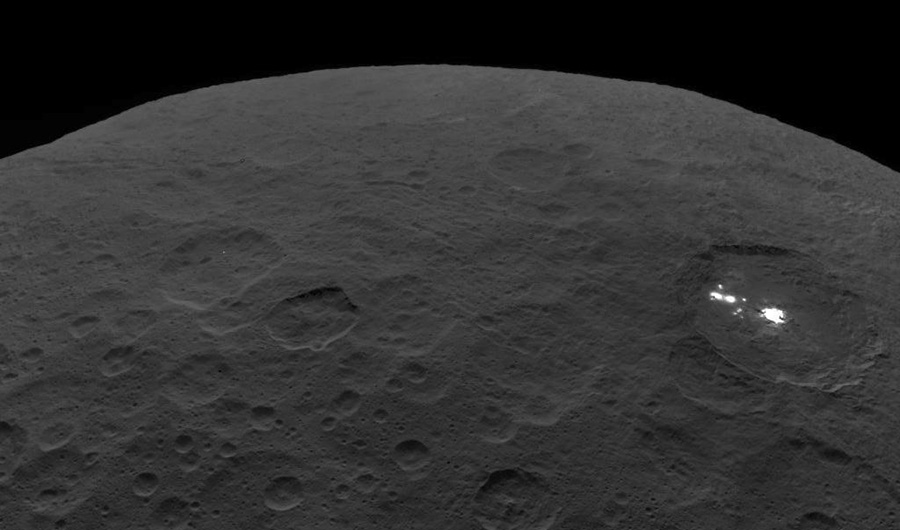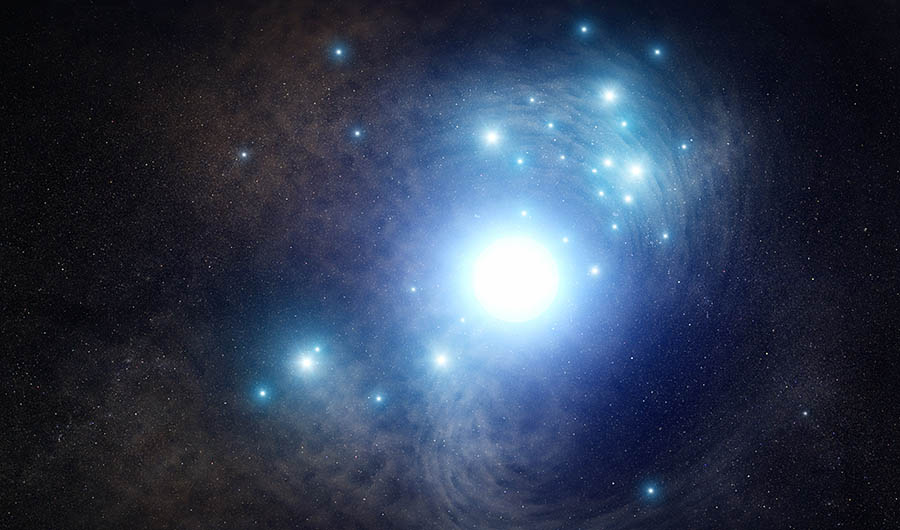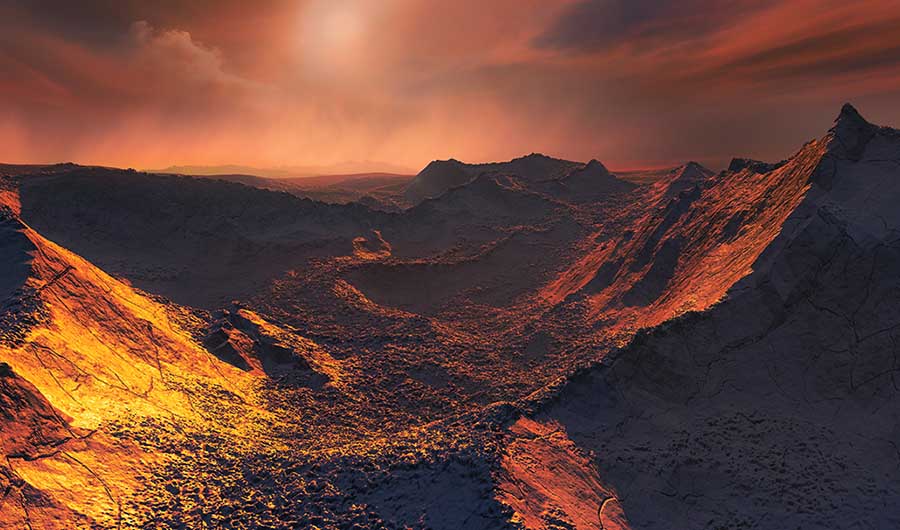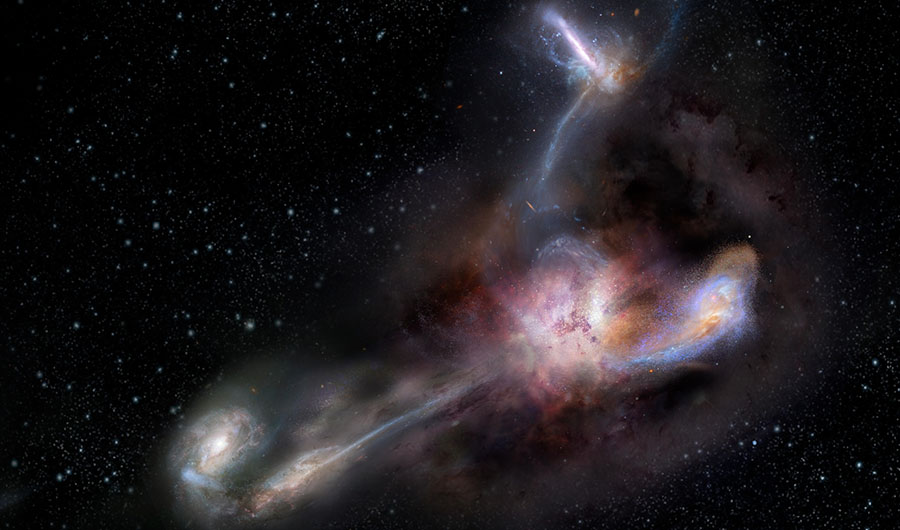November's Stellar Space Pictures
View new pictures of Mars, the last picture of the dwarf planet Ceres and images of the brightest galaxy in the universe.
Image
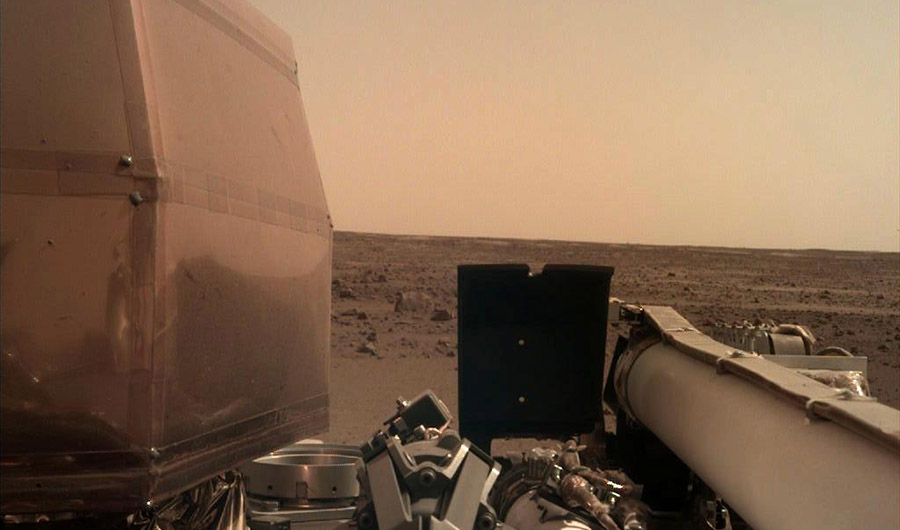
Media credits
(Inside Science) -- This month, we celebrate the beginning of one space mission and the end of another, among other new discoveries. NASA ended its Dawn mission to the asteroid belt but began a new one on Mars. In other parts of the universe, researchers made unexpected discoveries about neighboring stars and far-flung galaxies. Our selection of photos and illustrations brings the celebration back to Earth.
Filed under

